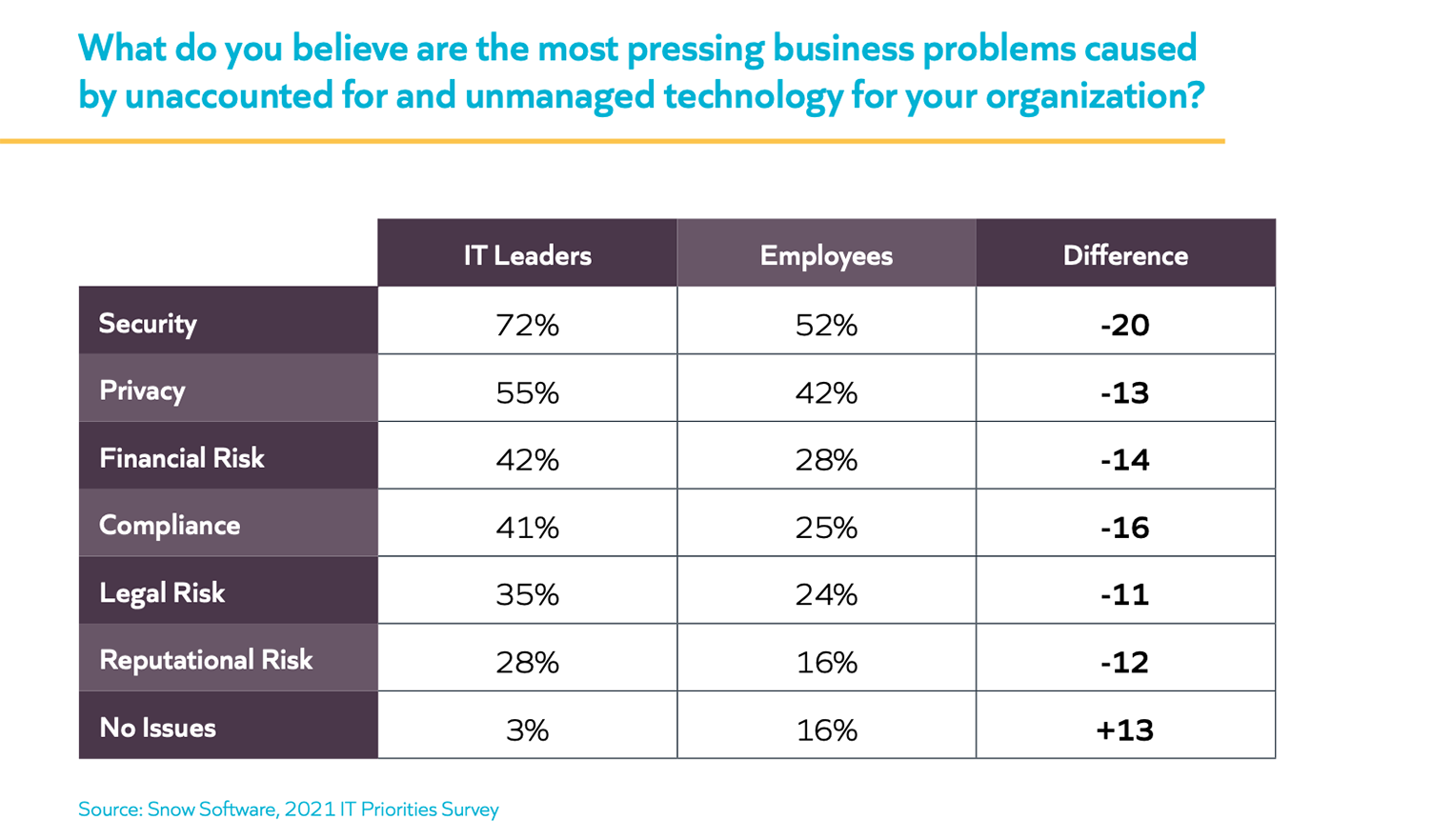Why Visibility Is a Foundational Element of Effective Hybrid Cloud Management

Have you ever tried to make a decision when you don’t have visibility into the variables that go into that decision? It’s not easy to do. If you don’t believe me, try playing poker some time without taking a look at your cards, and see how comfortable you are making a bet.
Better yet, put yourself in the shoes of a homeowner trying to figure out a home insurance purchase. There are a number of factors you would need to consider in order to make the best decision for your specific needs. Do you need a new policy, or do you already have one? If you already have one, how much are you spending, and what level of coverage do you have? How old is the home? Without this information – and a thousand other variables – you are put in the position of having to make a decision that could lead to poor outcomes.
Sound familiar? If you’re an enterprise IT leader charged with the efficient operation and management of data center assets and usage, the same rule applies. In order to make informed decisions that will help you address strategic business priorities, gaining visibility is critical. You need to have a crystal-clear understanding of the inner workings of the current IT landscape to make any real decisions – optimizing spend, cloud adoption/migration or harnessing IT to drive innovation. Organizations deploying hybrid infrastructures are often particularly prone to struggling from a lack of visibility across multiple platforms due to the complex nature of hybrid environments.
Hybrid cloud visibility and combatting sprawl
Snow’s 2021 IT Priorities Report found that both IT leaders (72%) and employees (52%) agree that security is the most pressing business problem caused by unaccounted for and unmanaged technology.

What happens if an organization is unable to achieve visibility into its hybrid cloud operations?
Too often, organizations that lack visibility into the infrastructure usage within their cloud and on-premises resources fall prey to sprawl and miss out on opportunities to optimize their infrastructure, which leads to overspending on unused or underused resources. When trying to combat the scourge of IT sprawl, gaining visibility into usage and spend across your hybrid landscape is the first step you need to take. When you start asking questions like which Virtual Machines (VMs) or cloud instances are in use, what are they being used for, or who is using them, you’ll start to identify unused or underused resources that can be archived or terminated to reduce costs.
What lack of visibility looks like in the real world
If visibility into your hybrid environment is a problem, you’re not alone. We talk all the time with customers and prospects who are in this phase – and the willingness to concede that there are things you don’t know is the only way to start the journey to achieving true visibility. After all, you can’t effectively manage what you can’t see.
Enterprises we talk to are often in need of visibility on day one, which is why it’s critical to use an agentless discovery method in order to pull usage data from the various infrastructure platforms in use, making it quick and easy to identify existing resources and make rightsizing recommendations. At the same time, you must tag resources so you can understand who owns each resource and what workloads are running on it.
Building a strong foundation
For organizations looking to undergo a migration to cloud, it is critical to optimize on-premises workloads prior to a migration to avoid overspending in public cloud. One of the primary reasons businesses overspend on public cloud after a migration is due to the migration of bloated applications. If applications are using more on-prem resources than needed, that will translate to using more cloud resources than needed – a very costly mistake. To prevent this, it is important to prepare for a migration by doing a thorough discovery of your current landscape. Many organizations choose to use a discovery tool to gain visibility into infrastructure usage and the actionable recommendations on how to rightsize through power-scheduling, reserved instances and decommissioning resources.
When organizations achieve complete visibility and comprehensive manageability of their technology resources within their hybrid cloud environment, IT leaders have the power to make more informed and strategic decisions that enable them to increase business agility, stimulate growth and spur innovation. Given the current landscape and lingering uncertainty, gaining better visibility and control over your technology needs to be a foundational part of delivering impactful IT in 2021.
If hybrid cloud visibility is an issue for your organization, learn about a new approach to addressing the challenges of a hybrid world in our recent report from 451 Research and Snow. Download the full report to see how you can develop a lasting hybrid IT strategy that focuses on improving visibility.